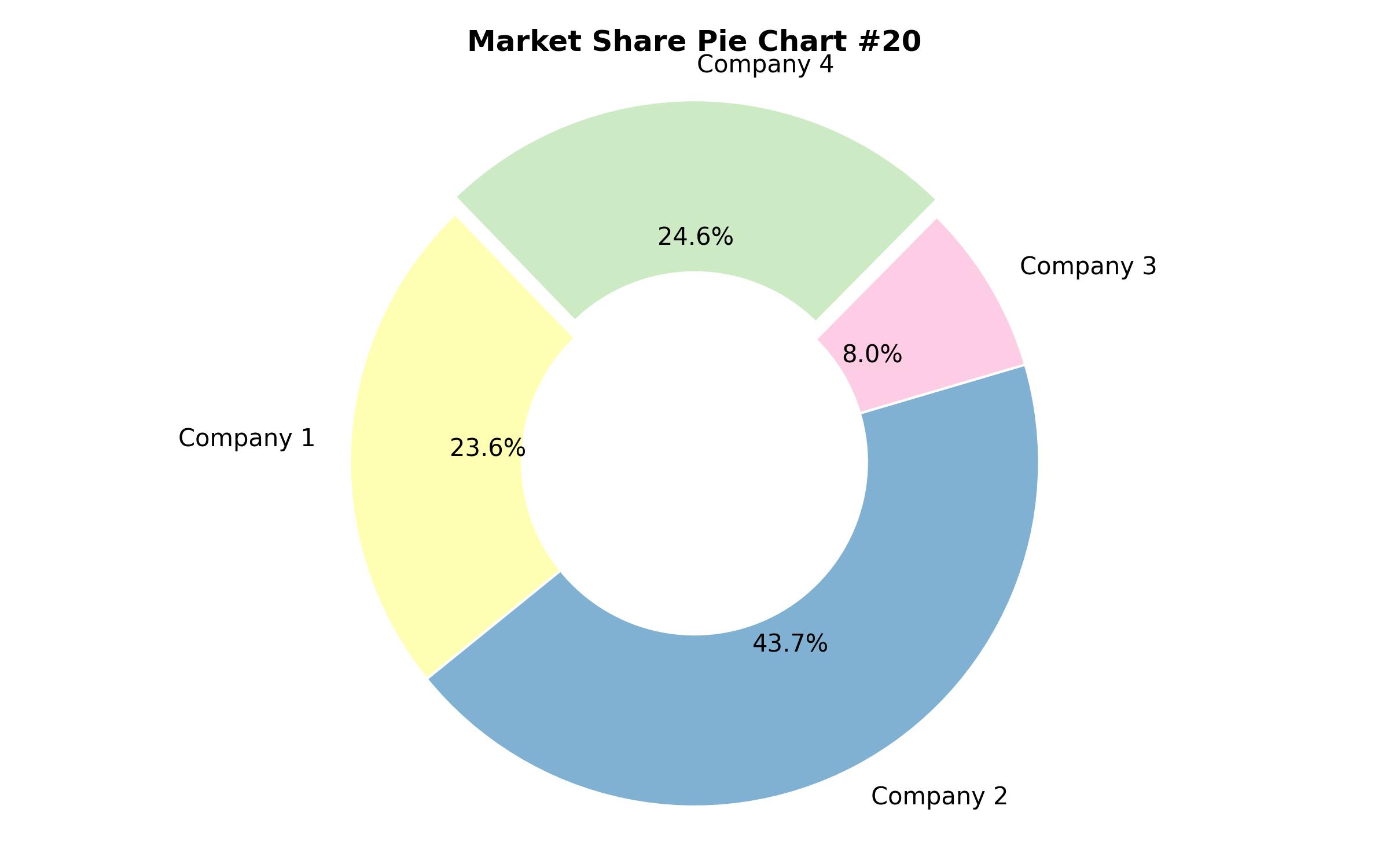Comprehensive Analysis of the Hexylene Glycol Market: Trends and Future Outlook (2025-2035)
Overview:
The global market for hexylene glycol is project to increase from a valuation of USD 2,590.9 million in 2025 to reach USD 3,947.2 million by the end of 2035, exhibiting a compound annual growth rate (CAGR) of 4.3% over the forecast period. Hexylene glycol, recognized as 2-methyl-2,4-pentanediol, is a highly versatile solvent broadly utilized across various sectors including industrial coatings, cleaning formulations, and personal care items.
Its inherent attributes, such as being a low-volatility, water-miscible solvent possessing superior emulsifying and coupling capabilities, render it crucial for numerous end-use sectors. The market is witnessing substantial expansion fueled by the increasing demand for high-performance paints, specialized coatings, advanced personal care products, and effective industrial cleaning agents.
This growth is particularly prominent in regions such as Asia-Pacific, North America, and Europe, reflecting widespread industrial activity and evolving consumer preferences. A notable trend involves manufacturers opting for hexylene glycol over alternative polyols, largely due to its capacity to enhance formulation adaptability and support compliance with regulatory standards.
Hexylene glycol’s contribution to developing formulations with reduced volatile organic compounds (VOC), positioning it as a safe, practical, and reliable component, further underscores its growing adoption. This ingredient significantly supports the cosmetic and pharmaceutical industries in creating stable and effective products.
A key driver for the adoption of hexylene glycol is the surge in water-based formulations across diverse industries, including paints, cosmetic items, and chemical processing. Its significant role in augmenting solubility, refining texture, ensuring stability, and improving fragrance retention in these products is widely acknowledged.
This is particularly true within the context of formulating environmentally friendly and energy-efficient products, where hexylene glycol offers favorable performance characteristics. The strategic incorporation into paint formulations helps achieve improved flow and durability, meeting the demanding standards of sectors like automotive and construction.
Furthermore, its application in pharmaceutical processes as a solubilizing agent demonstrates its value in complex chemical synthesis. The ongoing research into optimizing hexylene glycol’s use across its application spectrum highlights its continued importance in sustainable chemical industry practices.
The market dynamics also emphasize the shift towards ingredients that fulfill both functional requirements and stringent environmental guidelines. Companies are investing in research to leverage hexylene glycol’s unique properties for novel applications.

| Report Attribute | Details |
|---|---|
| Market Size in 2025 | USD 2,590.9 million |
| Revenue Forecast for 2035 | USD 3,947.2 million |
| Growth Rate (CAGR) | 4.3% from 2025 to 2035 |
| Base Year for Estimation | 2024 |
| Historical Data | 2018 – 2023 |
| Forecast Period | 2025 – 2035 |
| Quantitative Units | Revenue in USD million/billion and CAGR from 2025 to 2035 |
| Report Coverage | Revenue forecast, company market share, competitive landscape, growth factors, and trends |
| Covered Segments | Application, End-use Industry, and Region |
| Regional Scope | North America, Europe, Asia Pacific, Latin America, MEA |
| Country Scope | U.S., U.K., Germany, France, China, India, Japan, South Korea, Brazil, UAE, KSA, South Africa |
| Key Companies Analyzed | BASF SE, Solvay S.A., Dow Inc., Lanxess AG, Eastman Chemical Company |
| Customization Options | Free report customization (up to 8 analysts working days) with purchase. Changes to country, regional, and segment scope |
| Pricing and Purchase Options | Customizable purchase options for tailored research needs |

Report Coverage & Deliverables
- Market Trends And Dynamics
- Competitve Benchmarking
- Historical data and forecasts
- Value/Volume analysis
- Company revenue shares and key strategies
- Regional opportunities
This is an indicative segmentation. Please request a sample report to see detail segmentation of this market.
Detailed Market Segmentation
- By Application
- Solvent
- Chemical Intermediate
- By End-Use Industry
- Paints & Coatings
- Drug Manufacturing
- Personal Care & Cosmetics
- Industrial Cleaners
- Hydraulic Fluids
- By Region
- North America
- Europe
- Asia Pacific
- Middle East & Africa
- Latin America
Table of Content
- Executive Summary
- Market Overview
- Key Market Trends
- Key Success Factors
- Market Demand Analysis 2020 to 2024 and Forecast, 2025 to 2035
- Market – Pricing Analysis
- Market Demand (Value in USD Million) Analysis 2020 to 2024 and Forecast, 2025 to 2035
- Market Background
- Market Analysis 2020 to 2024 and Forecast 2025 to 2035, By Application
- Solvent
- Chemical Intermediate
- Market Analysis 2020 to 2024 and Forecast 2025 to 2035, By End-Use Industry
- Paints & Coatings
- Drug Manufacturing
- Personal Care & Cosmetics
- Industrial Cleaners
- Hydraulic Fluids
- Market Analysis 2020 to 2024 and Forecast 2025 to 2035, By Region
- North America
- European Union
- Japan
- South Korea
- Middle East and Africa
- North America Market Analysis 2020 to 2024 and Forecast 2025 to 2035
- European Union Market Analysis 2020 to 2024 and Forecast 2025 to 2035
- Japan Market Analysis 2020 to 2024 and Forecast 2025 to 2035
- South Korea Market Analysis 2020 to 2024 and Forecast 2025 to 2035
- Middle East & Africa Market Analysis 2020 to 2024 and Forecast 2025 to 2035
- Country-wise Market Analysis 2025 & 2035
- Market Structure Analysis
- Competition Analysis
- BASF SE
- Solvay S.A.
- Dow Inc.
- Lanxess AG
- Eastman Chemical Company
- Market Challenges
- Market Opportunities
- Assumptions and Acronyms Used
- Research Methodology
